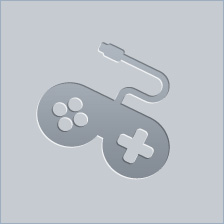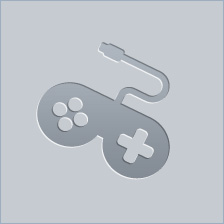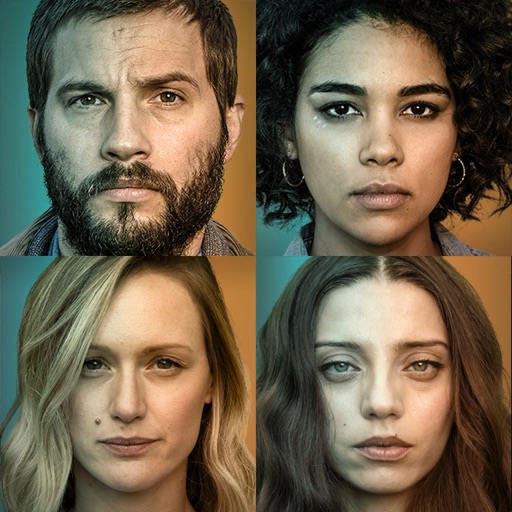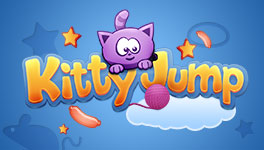Witcheye review
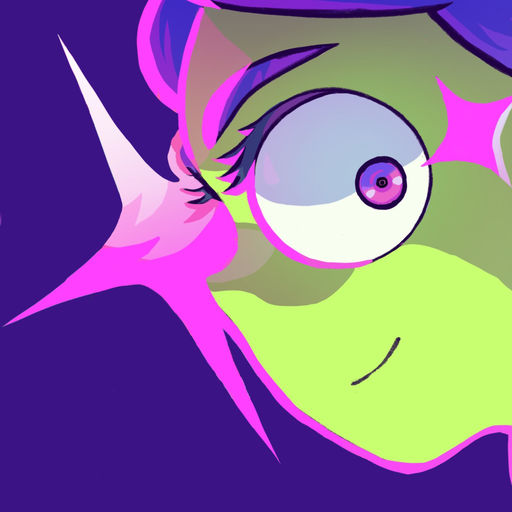
How do you make a platformer challenging when you control a floating eyeball that can go anywhere at will? This is the question that Witcheye poses over and over again, all while dousing players with 16-bit nostalgia. Although the game is eye-catching and occasionally charming, Witcheye is pretty hit-or-miss at designing around the problems it creates for itself.
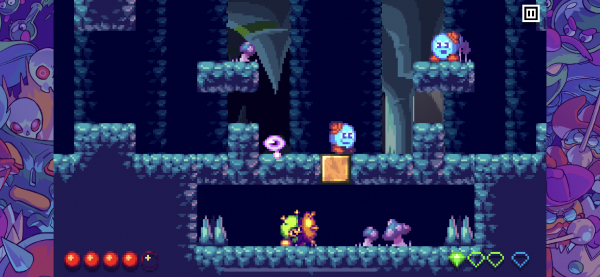
Rebounding retina
Witcheye is an action platfomer where you control a witch who has turned herself into a floating eye to chase down a pesky knight who stole away all of her spell ingredients. This floating eye can move in any direction, completely unrestricted by gravity, though it does bounce off of objects whenever it runs into them.
With this freedom of movement, Witcheye tries to design platforming challenges that you can't just float over. In some early levels, this just involves embedding collectibles into enemies to encourage you to engage with them rather than just float by. By the back half of the game though, Witcheye throws up combat challenges, cramped corridors, and tons of environmental hazards that really challenge you to pilot your eye deftly to make it through a level without dying.
An eye for style
All while you're bouncing your eye through Witcheye's six worlds, you're treated to some slick throwback visual and audio design. It's actually so well done that there are times when Witcheye feels like playing a remastered title like Wonder Boy: The Dragon's Trap. A lot of this has to do with the fact that Witcheye's core design feels truly old-school, while its trappings are convenient and sharp like a more modern game.
When I say Witcheye feels old-school, I really mean it. This game is all about swiping to move your eye through increasingly challenging levels. There's no progression, upgrades, or unlocks to speak of. The gameplay only changes in that the levels present different challenges. The way you solve them remains consistent though: Fly the eye to the exit without dying.

Blurred vision
There are times where Witcheye creates clever and fun challenges for an eye that flies freely through space. At many other times, though, the game either over or undercompensates for your freedom of movement. In early levels, you can spend much of your time just gliding over the action and complete a level in seconds. To prevent this in later levels, Witcheye creates really close-quarters enemy encounters that require lots of quick reations and tight timing to make it out alive.
This kind of challenge is definitely in keeping with Witcheye's old-school vibe, but it doesn't totally work. Part of this is because the challenge can vary so wildly between stages, but Witcheye's controls are more its undoing than anything else. The swipe-to-move controls sound like a super smart and simple control scheme, but it's much harder to have the eye move exactly in the direction you swipe than you think. As things get tougher and tougher in the game, the controls become a bigger and bigger hindrance that forces you to replay levels many more times than you should.
The bottom line
It's really tricky to create satisfying traversal challenges when you put players in control of an object that can move freely in any direction. I have a lot of respect for Witcheye for taking on this huge design problem, especially since there are times when the game really feels like it delivers compelling solutions. Unfortunately, these moments are spread across an uneven experience that is hard to control.


